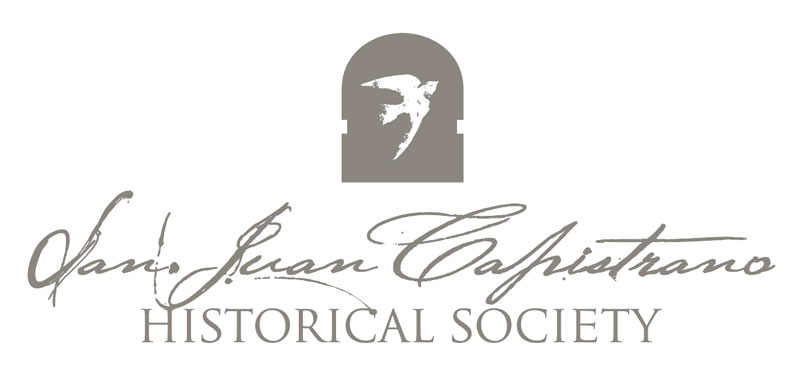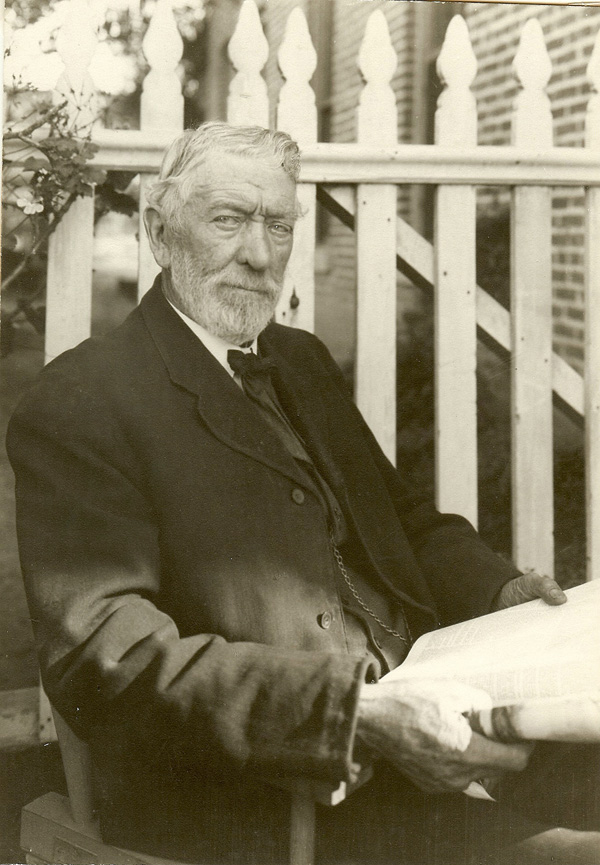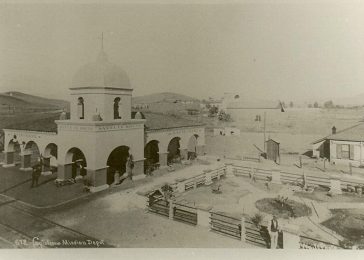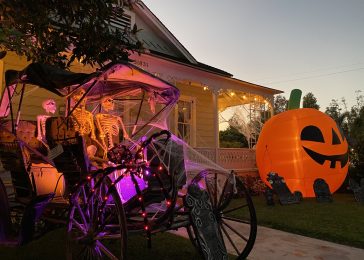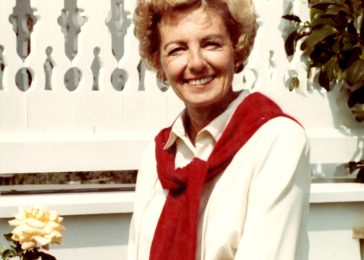1842-1923
Judge Richard Egan was one of San Juan’s best known citizens for over 50 years. He was born in County Waterford, Ireland, in 1842 and brought to the United States at the age of 10 years to be educated on the East Coast. An adventurous youth, he became a blockade runner in the Confederate Army during the American Civil War and later sailed around Cape Horn to San Francisco in 1866.
Egan came to San Juan Capistrano in 1868. He first lived in an adobe north of town and settled permanently in the fertile valley, planting groves of walnuts, eucalyptus and magnificent Lombardy poplars of which he was exceptionally proud. In 1883 he constructed a red brick residence on Camino Capistrano from bricks “left over” from the construction of the Marco Forster “Casa Grande” residence. Harmony Hall, as it was known, suffered a devastating fire in the upper floors in 1897, and was rebuilt in 1898.
Egan was a landowner, farmer, Justice of the Peace, telegrapher, notary, surveyor, agent for nearby landowners, keeper of rainfall records and dispenser of charity to the needy. From 1880 until 1884 he was a Los Angeles County Supervisor and in 1889 he helped adjust the boundary line when Orange County was created. By common consent Egan was San Juan Capistrano’s alcalde in the Spanish tradition: mayor, judge, and chief dignitary.
He was first elected Justice of the Peace in 1870, the same year the telegraph came to San Juan and he became its operator. From then until 1890 his reelection to office was routine, whether or not his name appeared on the ballot! Understanding the necessity for a railroad through Orange County, he became a director of the Santa Fe Railroad and their right-of-way agent for the route to San Diego.
Among his many accomplishments was his service on the local school board for 32 years, and his supervision of the repair of the Mission San Juan Capistrano, financed by the Landmarks Club of Los Angeles in 1896. He was also an Orange County Road Commissioner, appointed in 1910.
Richard Egan was well-read and spoke five languages: French, Italian, Polish, Spanish and English. No doubt his linguistic talents facilitated his friendship with actress Helena Modjeska, who dubbed Judge Egan the “King of Capistrano” and he set about “knighting” all his many friends.
Judge Egan died in 1923, but his house still stands in the place where he helped local residents untangle the intricacies of American law, and amassed and important collection of historical artifacts, most of which were lost in the 1897 fire.
